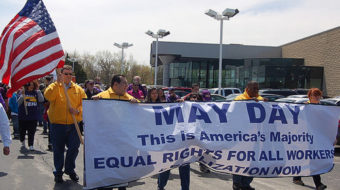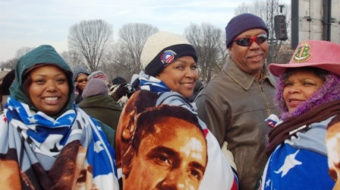In state capitals across the country, the fiscal year began July 1 with financial catastrophe. Summer schools were shut in California, state parks closed in Arizona, drug treatment and home health workers were slashed in Illinois, and paydays were payless in Pennsylvania, to give only a few examples.
How did this nightmare happen?
While the current recession has pushed the states over the edge, with the growing numbers of jobless unable to pay into state revenues, the crisis, the worst since the 1930s, goes a lot deeper. The recession did not bring the states to the cliff’s edge.
Inequality did. The states with the biggest budget gaps are the states with the widest gaps between the wealthy and everyone else.
Fifty or 60 years ago states were building public schools, colleges and libraries, expanding state parks and upgrading roads because a huge chunk of the working class had become the “middle class” majority. That huge “middle class” and the poor who aspired to become part of it needed and cherished those valuable public services, and paid for them because they had decent paying jobs.
The rich then earned a far smaller portion of the total national income than they do now.
As the right wing moved to dominate our national politics the income gap grew wildly until we got what we have today — the biggest gap between rich and poor since 1929, with the top 1 percent earning almost a third of all income, and an economically weakened working class. The powerful wealthy minority slashed its own taxes while the middle class base for state revenues eroded, leaving the state budgets in the mess we see now. And what did the rich care about public services?
The long-range solution to the state budget crises lies in creating an economically and politically more viable working class. Adding millions to the rolls of organized labor and thereby creating millions of additional good-paying jobs will be a great start. Passing the Employee Free Choice Act this year is a prime example of what needs to be done. It will result in closing the income gap that is behind the disaster in our states.









